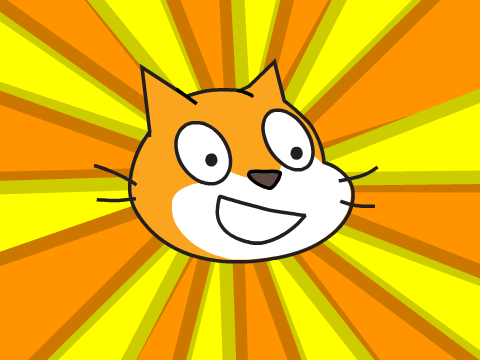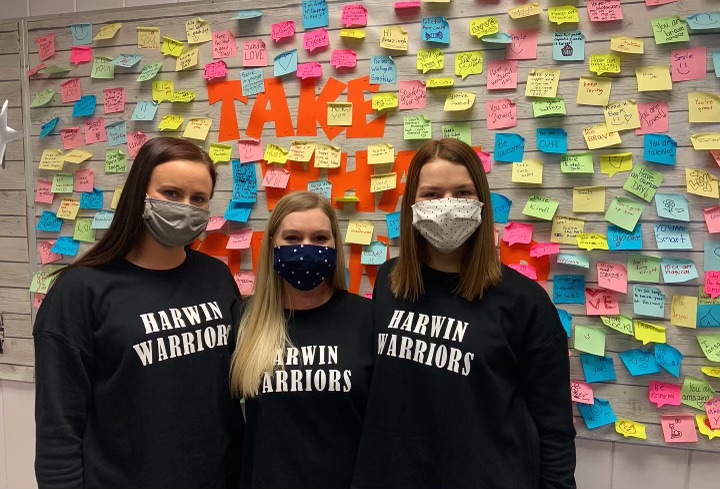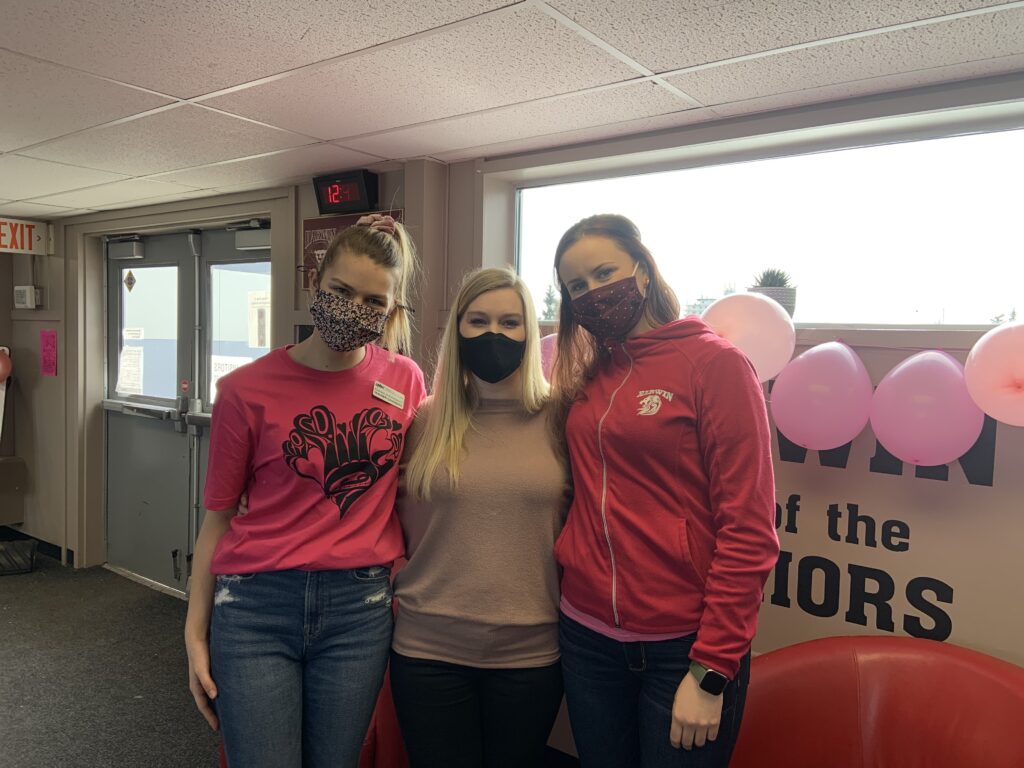Why did you want to go into Teaching?
I wanted to go into teaching because I realized quite recently that my passion involved working with and helping children. There is no better feeling than providing a child the tools to develop their skills and watch them succeed from their efforts. Who wouldn’t want to hang out with a bunch of brilliant young minds all day and teach them how to create a better future for themselves and our society? A teacher plays such a larger role than just curriculum instruction, they also teach students important life skills and social skills. If I can have even the smallest positive impact on a child that they carry with them throughout the rest of their adolescence, I’d consider myself accomplished and fulfilled. There are so many incredible and intriguing resources out there that I cannot wait to bring into my classroom. Considering I have been a post-secondary student for five years now, it is hard to believe that I am approaching the finish line from student to educator. However, the best part is, teachers continue to learn and challenge themselves throughout their careers. I never have to give up my own learning. I want to become a teacher who makes everyone in my classroom feel included, important, safe and valued. I want to motivate children to learn and feel happy to be in school because I know many students don’t leave elementary school with this experience. I want nothing more than to provide my students what they need to become the best versions of themselves. That is why I want to teach.
What provoked your thinking in Education 394?
Discussion topics that provoked my thinking in Education 394 included assessment and grading. We read an intriguing article by Alfie Kohn titled Degrading to De-Grading that explained how students could benefit from the elimination of grades in school. This reading not only provoked my thinking but also challenged my thinking. I had been raised in an education system that always had grades. Throughout my post-secondary undergrad, I worked hard to achieve good grades instead of working hard at really understanding the material. I did what was necessary to get good grades. When I did exceptionally well, I was always excited and proud to share the grades I received on assignments with family and friends. This was a huge change coming into the education program because we are assessed by a pass or fail system. I no longer have percentages to worry about or letter grades to motivate my learning. Instead, I am constantly motivated to do the best I can and represent my learning in various ways because I do not know what the assignment is truly worth. That assignment could be worth everything, and therefore it deserves my best effort to make sense of the material. After reading Alfie Kohn’s article, I now understand how damaging and debilitating grades can be for students. I didn’t consider that although grades highly motivate some, they discourage others. Grades can actually reduce a student’s interest to learn, which is the exact opposite of a teacher’s desired outcome. You don’t want your students to choose the easiest routes to get the best grades, because they will never challenge their thinking or develop a growth mindset. Education 394 made me reassess the way I will approach assessment and grading in the future.
What challenged your thinking in other courses in Block 1?
Another aspect that challenged my thinking in Block 1 included how heavily the curriculum has incorporated Indigenous content and ways of knowing within the classroom. As a post-secondary student, I was aware of this shift towards incorporation of Indigenous worldview in curriculum; however, I was unprepared for how heavily it was being embedded into curriculum and teacher standards and expectations. To be quite honest, at first, I was feeling very overwhelmed with the land acknowledgements, the First People’s Principles of Learning (FPPL) and other Indigenous resources we were expected to add to our teaching toolkits. However, after multiple discussions about the significance of Indigenous knowledge and ways of knowing, I now see its true relevance within our education system. The FPPL contains values I already hold deep within myself that I was unable to recognize beforehand. I now have awareness of these values and will be able to implement them into my practice and pedagogical philosophy. I needed to change my lens to better understand that Indigenous values, traditions and ways of knowing speak not only to Indigenous persons but also non-Indigenous persons. They contain valuable approaches to life and nature that can resonate with all students. It was indeed a challenge at first to try and incorporate Indigenous worldview within my assignments; however, I learned quickly that it was only difficult because I saw it as something I needed to ‘add’ to my practice instead of something I could find already there within my practice. It was difficult to overcome the barrier in my brain that believed trying to include so much Indigenous content would disengage the other learners in the classroom. Throughout the observational practicum, I had seen so many students take to Indigenous worldview and immerse themselves into another culture willingly and excitedly. The courses within Block 1 helped open my mind towards the incorporation of Indigenous knowledge in my pedagogical philosophy and made me even prouder to be a future Indigenous educator.
What are your strengths that you will bring to Teaching?
I believe three strengths I will bring to teaching include my passion for physical literacy, my Indigenous identity, and my compassionate characteristics. Before pursuing my undergrad in English and Psychology, I graduated from CNC with my diploma of Kinesiology. I have always been very passionate about sports and have remained active throughout my life. I was chosen to play with senior girls’ volleyball in grade 9 and was captain of my volleyball team in grade 12. I also took part in the North American Indigenous Games and won a gold medal for team B.C in volleyball. I plan on incorporating many fun games and activities during my physical education classes and involving myself in school sports. If the school I end up in does not have any team sports, that it is something I will try to change. There are many teachers who fear P.E class but fitness and physical well-being are things I am passionate about. I want to provide opportunities for my future students, Indigenous and non-Indigenous, and encourage them to participate and try new things. It is difficult for students to sit still and learn all day so I will be taking full advantage of body and brain breaks within my classroom. I also identify as an Indigenous person and believe that will make me more approachable to Indigenous students that need additional support or guidance. Throughout my experiences in school, I had seen the repercussions of many young Indigenous individuals who had taken their lives and those who struggled with bullying, substance misuse, and oppression. It is because of these experiences I want to teach and provide a safe and caring space for those facing adversities or living through trauma. I believe I will connect with many students on a deeper level because I am approachable and understanding. I have always been a very sensitive, caring and giving person. People have often told me that being sensitive is a weakness; however, I see it as one of my greatest strengths. I want my students to feel comfortable enough to approach me about any of their struggles, fears or concerns so I can help and support them the best I can. Being empathetic has its setbacks, yet I believe these characteristics will help me provide students with second chances they deserve. I want to be able to truly see my students and develop strong relationships with them so that we both enjoy their educative experience in my classroom.
What do you wonder about?
Something I have been wondering a great deal about towards the end of block 1 is how I will acquire the time management skills that all teachers seem to magically possess. I have observed such flexible teachers who are able to think quickly on their feet and provide useful time filling activities when lessons do not go according to plan. I fear that some of my initial lessons will take half as long as I anticipate and my students will be sitting there bored and disengaged. I do not want to become a teacher who relies on doing a ‘quiet activity’ if they finish earlier than I anticipated. I want to begin filling my toolbox with quick, easy and fun time filling activities that still benefit my students learning and keep them motivated and engaged. I wonder what it will feel like to finally have the practicum experiences in this program and learn how to use a daybook. I consider myself a very organized individual who does not thrive well in chaotic or spontaneous environment. I am sure these are some skills I will need to develop and acquire along the way because not everything I do will go according to plan. I wonder how lesson planning differs from division to division and what my experiences as an uncertified teacher on call (TTUC) with school district 57 will add to my toolkit. Ultimately, I wonder what it truly feels like to teach. So far, we have only observed other educators as teacher candidates. Next block, we will be teaching 25% of the time and there is nothing that stresses and excites me more at the same time! I look forward to figuring out time management techniques and to get in there hands on and teach some students!
Essential or Guiding Question for next Block
An essential question I have for next block is how teachers are able to separate themselves from their work when they go home. Are teachers constantly thinking about lesson planning and continuously coming up with lessons on the weekend? Or do teachers actually have time to rest and enjoy other activities with their families and friends? I want to be able to develop skills to separate myself from a teaching role outside the classroom and recognize when there is nothing more I can do for certain students. I want to know how teachers are able to simply ‘let things go’ when they encounter a very sad experience with a student and how teachers combat jumping into the students personal and private life to make beneficial and necessary changes that are not in the hands of the teacher. Essentially, what I am asking is how teachers cope with heartbreaking students that you want to take home with you and parent yourself. Where do you draw the line and when do you turn your empathy off? I hope to learn these skills myself through experience and discussion with other educators and my peer’s next block.






